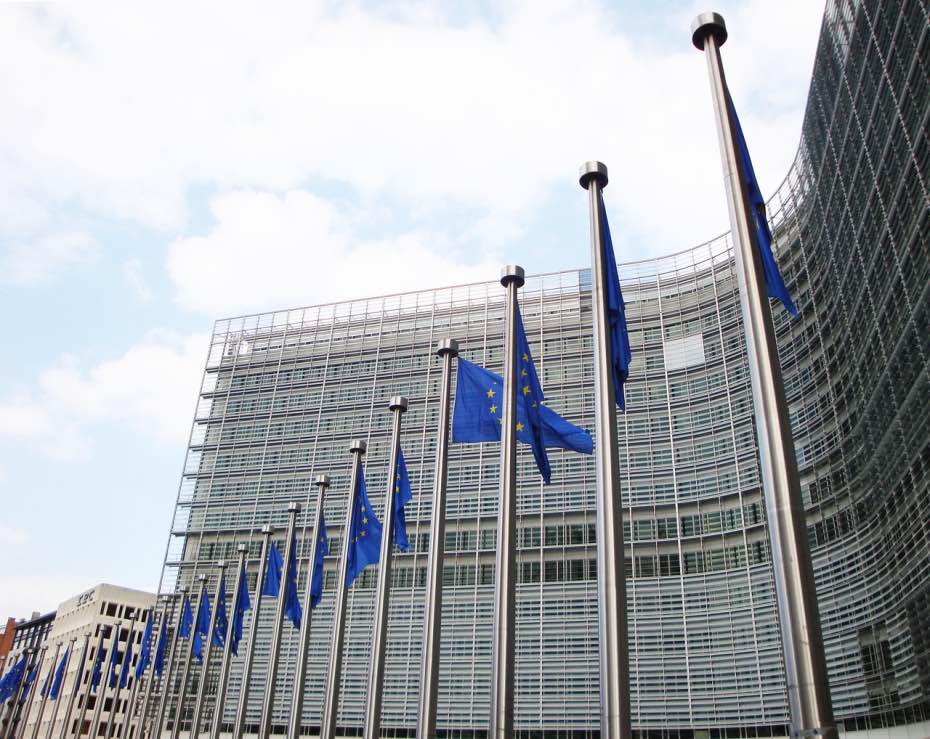The Youth Guarantee, supported by the Youth Employment Initiative, has helped make a dent in youth unemployment and inactivity.
Five years on from when the Youth Guarantee was introduced, the situation of young people in the labour market has significantly improved. Youth unemployment has dropped from a peak of 24% in 2013 to less than 16% today and the share of 15-24 year olds not in work, education or training (NEET) has fallen from 13.2% in 2012 to 10.9% in 2017.
Youth unemployment has dropped from a peak of 24% in 2013 to less than 16% today
Education, traineeship, apprenticeship
Results from the latest data collection for monitoring the implementation of the Youth Guarantee show that since 2014 – when implementation of the Youth Guarantee started on the ground – more than 5 million young people registered each year in Youth Guarantee schemes in the EU and each year more than 3.5 million young people took up an offer of employment, continued education, a traineeship or an apprenticeship.
Available data on the outcomes for young people that go through the Youth Guarantee in the EU shows encouraging results: close to half of participants are still in employment, education or training 6 months after leaving the Youth Guarantee schemes and these results are maintained through time (12 and 18 months after leaving).
The real situation is likely to be even better since monitoring systems in EU countries are not yet able to follow up on all young people after leaving the schemes.
EPSCO council
Progress in implementation has been acknowledged by the EPSCO Council, which endorsed the Employment Committee’s key messages on the Youth Guarantee in March this year. The Youth Guarantee was again discussed by EU ministers during the Informal EPSCO Council meeting of 17 and 18 April.
At the same time, some monitoring results show that more work is needed for a full implementation of the Youth Guarantee. Of all young people that left the Youth Guarantee registry during 2016, almost 70% accepted a job offer within 12 months of registration – however, that rate was of only 41% in the first 4 months. Yet – as with the data on outcomes above – the real figures are likely to be higher (the reason for leaving the registry is still unknown in more than a fifth of cases).
The proportion of NEET registered is already higher than 50% in 12 Member States (in Belgium, Finland and Austria it is more than 70%)
In 2016 the proportion of NEET registered in Youth Guarantee schemes in the EU was estimated at 38.5%. These aggregate results for the EU show that, taken together, the schemes are still some way off the objective of reaching most of young people that become NEET in the EU.
However, some Member States are doing much better: the proportion of NEET registered is already higher than 50% in 12 Member States (in Belgium, Finland and Austria it is more than 70%).
What are we monitoring?
 The Youth Guarantee Indicator Framework database contains information on the monitoring of Youth Guarantee schemes in the EU, including 28 Member State factsheets.
The Youth Guarantee Indicator Framework database contains information on the monitoring of Youth Guarantee schemes in the EU, including 28 Member State factsheets.
Macroeconomic indicators based on data from the EU Labour Force Survey are used to monitor the general situation of young people in the labour market and therefore, indirectly, the impact of the Youth Guarantee and other measures that prevent young people from becoming NEET.
Implementation and follow-up (long-term outcome) indicators are obtained from administrative data provided annually by Member States.
They are based on data on the number of young people that have registered in Youth Guarantee schemes, how long they stay registered, where they go when they leave the registry and where they are sometime after leaving.
More information on the implementation of the Youth Guarantee in the EU can be found in The Youth Guarantee country by country webpage.













